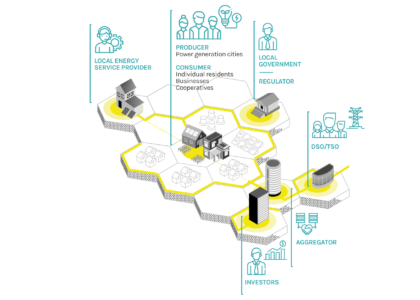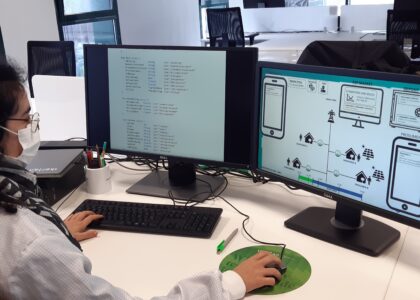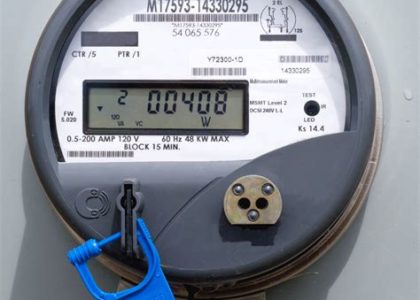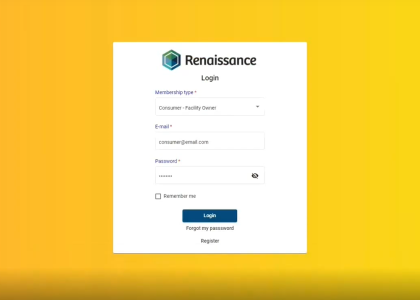by Rebecca Hueting, dissemination leader @Deep Blue Italy and Milo Aitor, IT developer @IKERLAN
What’s the RENAISSANCE platform for local energy systems’ management?
The RENAISSANCE platform (ROP) is a tool for the energy management of local energy systems. More specifically, the RENAISSANCE platform is a cloud platform that promotes the energy transition: in the near future, every household, prosumer or consumer in Europe will need to efficiently manage its energy input and output to increase sustainability at all levels.
The RENAISSANCE platform is an energy management enhanced software, in which additional functionalities will enable consumer-centric operations of Local Energy Systems (LES) and connect different energy vectors in a single ICT architecture. This way, LES will be turned into fully transactive energy networks based on blockchain technology and cryptocurrencies with high social acceptance. Such interoperable platform offers a range of multi-energy innovative services, including Smart Contracts, developed by Ikerlan, which enable community-to-community trading thus reducing fragmentation of local ecosystems. These functionalities use leading edge technologies such as machine learning and blockchain to effectively ensure grid stability, while also incentivising stakeholders to actively take part in the LEC through social activation.
How does the platform work?
The RENAISSANCE Information Platform allows for daily operational management of local energy communities encompassing technical operation, peer-to-peer trading and interaction with the involved stakeholders. Grid stability is accomplished by making accurate predictions of the LEC behaviour in terms of flexibility, consumption, generation and energy prices. By using this information along with a characterisation of the grid, the platform is able to update the parameters that rule the energy trading between peers.
The system will incentivise the use of local, renewable energy sources and give rewards to those presenting a responsible consumption behaviour. Combined with it, the Social Engine included in the platform will formulate a permanent mechanism for the user involvement, whether they are energy consumers or prosumers, offering the possibility of shared activities and extensive user interaction.
Why do we need the smart contracts?
With the creation of Ethereum, blockchain technology incorporated the ability to perform executable code transactions through smart contracts. The concept of smart contract was created in 1994 by Nick Szabo and defined as “a computerized transaction protocol that executes the terms of a contract”. Smart contracts are considered decentralized scripts with sufficient autonomy to be self-executed when certain conditions are met. Smart contracts are included in the blockchain and allow the execution of distributed and highly automated work. As Smart Contracts are included in the blockchain, they contain a single address, which is used to execute the contract. When a transaction is sent to that address, the script is automatically executed and then the result is automatically saved on the blockchain. In order to allow the execution of a smart contract, a node has to contain a virtual machine.
In RENAISSANCE, the blockchain infrastructure alongside a smart contract editor facilitates the dynamic creation of smart contracts, leveraging the RENAISSANCE platform and the system’s overall architecture in achieving the most fitting business model outline. Moreover, novel forecasting modules have been developed, in order to assist the decision support mechanisms that will guide the participation of LEC members in the Blockchain-based Smart Contract Marketplaces. Significant mention, the electricity price forecasting tool developed within the RENAISSANCE project, which takes into consideration both day ahead and intraday markets, has been also fully developed and implemented.
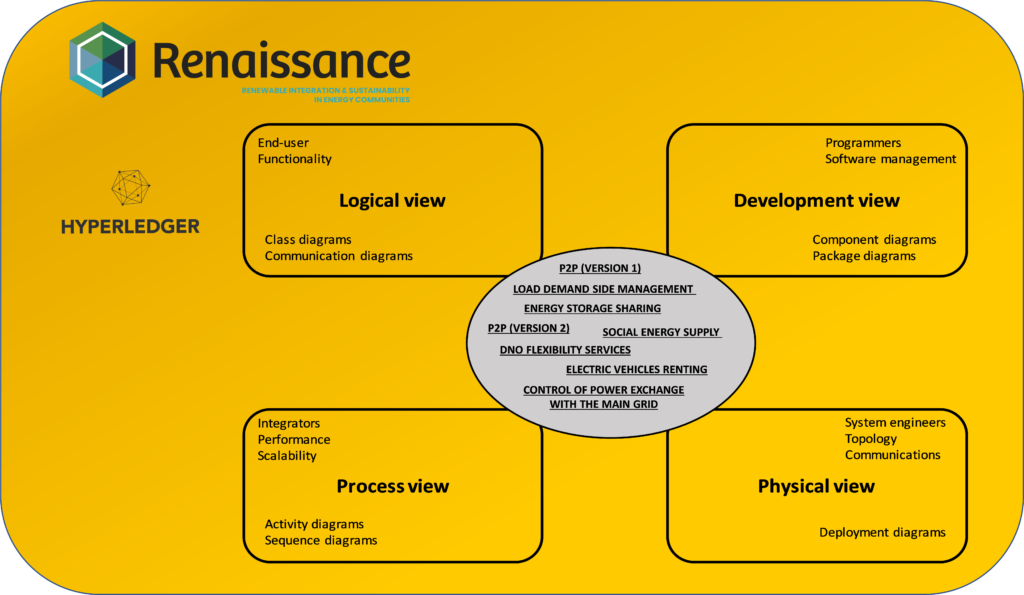
Read more about the energy nodes integration approach:
